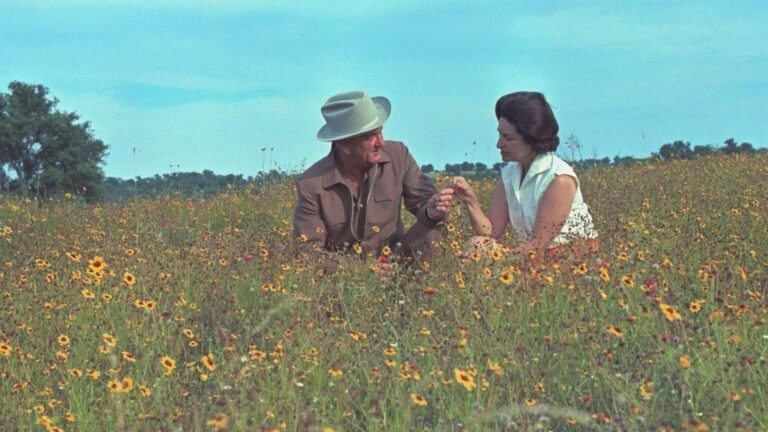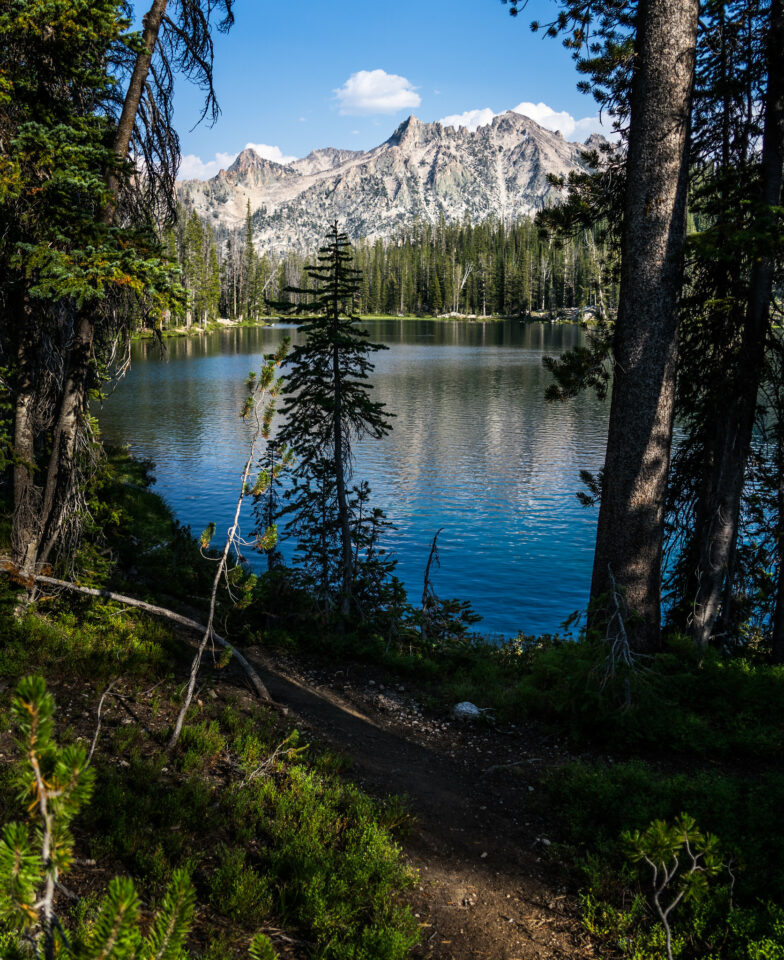
President Lyndon B. Johnson and First Lady “Lady Bird” Johnson shared a love of the outdoors. Photo Credit: LBJ Library / Frank Wolfe, accessed through National Park Service
“If future generations are to remember us with gratitude rather than contempt, we must leave them a glimpse of the world as it was in the beginning, not just after we got through with it.”
These words, spoken by President Lyndon B. Johnson upon the signing into law of the Wilderness Act of 1964, ring as true today as they did almost 60 years ago. Nicknamed the environmental president, Johnson took seriously his responsibility to preserve the world for future generations, signing over 300 measures to further conservation of public lands during his six years in office. Of these measures, the Wilderness Act was one of the most influential, immediately protecting 9 million acres of land at the time of its establishment and paving the way for over 100 million acres to be protected in subsequent years.
Although the Wilderness Act was undoubtedly a major milestone for the conservation movement in the United States, the path to its signing was riddled with difficulties. Initially drafted in 1956 by the former director of the Wilderness Society, Howard Zahniser, the early version of the Act was the result of continuously frustrated attempts at preservation on a federal scale. Politicians on both ends of the political spectrum firmly entrenched themselves against the Act on the grounds of thwarted economic opportunity and interference with private lands. But despite fervent opposition that raged for eight years, 66 revisions of the text of the Act and 18 congressional hearings finally garnered sufficient bipartisan support for the Wilderness Act to become a reality.
Today, the legacy of the Wilderness Act can be seen across the nation. Over 110 million acres of land have been protected in 806 designated Wilderness areas, with 44 states (and Puerto Rico!) represented in the count. But what does it mean for land to be designated as Wilderness? What does the actual protection of the land look like?
The text of the Act itself provides an answer to these questions. By way of definition, “A wilderness, in contrast with those areas where man and his works dominate the landscape, is hereby recognized as an area where the earth and its community of life are untrammeled by man, where man himself is a visitor who does not remain.” Such a tract of land is protected from and unhindered by modern human influences, particularly roads, structures, and other kinds of infrastructure or transportation. In this way, the land retains its natural character, allowing the landscape to remain pristine and the native species of plants and wildlife to thrive.
Each specific Wilderness Area is managed in a unique way to best suit the needs of the land. There is no singular federal agency that manages them all, but a conjoined effort of the National Park Service, The Forest Service, The Bureau of Land Management, and the US Fish and Wildlife Service form the National Wilderness Preservation System (NWPS), working in tandem to protect the land.
To bring things a bit closer to home, wilderness on the Sawtooth National Recreation Area (SNRA) is managed by the Forest Service. Three separate designated Wilderness areas are contained within the SNRA: The Sawtooth Wilderness, established in 1972, The Cecil D. Andrus White Clouds, created in 2015, and the Hemingway-Boulders Wilderness, also designated in 2015. Between these three areas, over 375,000 acres of rugged Idaho mountains are preserved for the flourishing of the land and the enjoyment of visitors— those “who do not remain.”

Wilderness areas, both those in the Sawtooth National Recreation Area and those around the country, are a priceless treasure and the fruit of much labor from past politicians and conservationists. Their legacy of tireless work to protect our beautiful lands remind us today that there is still much to be done to protect the land and continue to preserve for the future “a glimpse of the world as it was in the beginning.”
For further reading on the Wilderness Act of 1964, the process of designating a wilderness area, or Lyndon B Johnson’s Environmental Policies, see attached links:
Wilderness Act, full text – US Forest Service
Steps to Wilderness Designation – US Forest Service
A Brief Overview of the Wilderness Act – The Wilderness Society
Lyndon B. Johnson’s address to Congress for Conservation – The American Presidency Project
Azelie Wood is a historic specialist, working at the Stanley Museum. Though she is a California native, she has already fallen in love with the Sawtooth Mountains, and is excited to explore them this summer. In her free time, she enjoys hiking and reading.